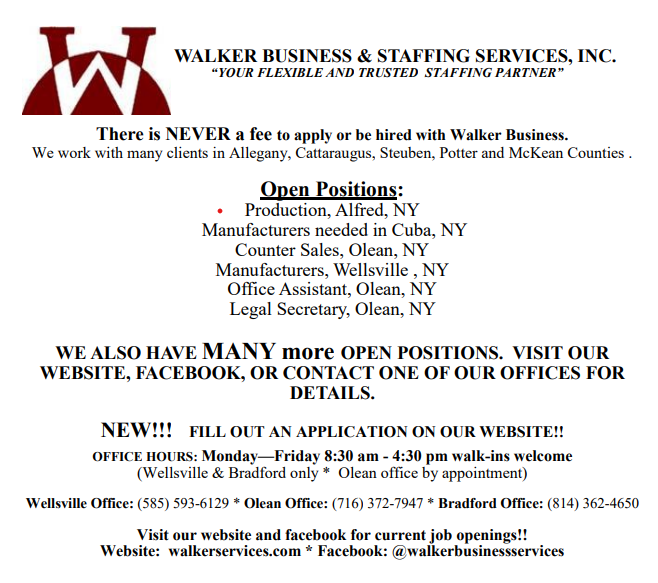By Bob Confer
After quite a few weeks of below-average temperatures, forecasters believe we’re in for a decent stretch of warm weather beginning Mother’s Day and lasting a week or longer. Temperatures in WNY will see a few days in the upper-70s — summer-like weather.
So, there’s no better time for employers and employees to start preparing for a new era in workplace safety: The Occupational Safety and Health Administration (OSHA) announced last month a National Emphasis Program that focuses on heat injuries and illnesses.
It follows a study released by National Public Radio (NPR) and Columbia Journalism School last summer that found 384 works had died from heat stresses in the previous decade, with the three-year average doubling since the early-1990s. As heartbreaking as those numbers are, it is believed by NPR, Columbia, and even OSHA itself that OSHA greatly undercounts heat-related deaths.
The high-profile study was a wake-up call for OSHA, as it was cited for failing to adopt a national heat standard to safeguard workers against high temperatures, which many say are rising and will continue to rise at dramatic rates under climate change, putting even more workers at risk. It is especially an issue in the west, where 90 to 110 degree days are common in the summer months, the intense summer sun punishing workers who work in agriculture, construction, or landscaping.
In 2011, OSHA was pressured to develop a heat standard, but the assistant secretary of labor for occupational safety and health at the time said that workers weren’t dying from heat at a rate that would justify a legal standard.
Times have changed, as has leadership and the heat is now being put on the heat. It has been said heat exposure will become the second-greatest workplace safety focus of the Biden Administration, right behind Covid mitigation.
Employers should prepare accordingly if they haven’t already been in the game.
We’ve actually had a heat plan at Confer Plastics going back to the mid-1990s. People work their tails off in the production department, so we’ve long recognized the illnesses and injuries that could occur on hot days in our brief summers. Our plan has kicked-in when the air temperature or heat index is 85 degrees. The multi-faceted response involves: roving relief personnel who provide extra breaks; adequate hydration of the team; the issuance of electrolytes and other key amenities; spending on roof, wall, and portable fans; and even the ability of my coworkers to choose not to come to work when high outside air temperatures and/or stifling humidity makes work taxing.
What we’ve been doing mirrors what OSHA is looking for employers to provide going forward. They distilled it to a simple yet effective three-word message: Water, Rest, Shade. They say that it’s paramount that employers with workers exposed to high temperatures provide extra hydration and breaks; allow new or returning workers to gradually increase workloads and acclimatize; train workers on prevention; and monitor workers for signs of illness.
OSHA’s emphasis places the threshold at 80 degrees, meaning many workplaces, not just factories like ours, will fall under protocols for long stretches of the summer. OSHA’s sample list of target indoor industries also includes warehouses and distribution centers, bakeries and restaurants, and laundries. Outdoor work environments under scrutiny include construction and infrastructure, agriculture, mail and package delivery, theme parks, and landscaping.
OSHA’s National Emphasis Program isn’t considered a series of standards (they’re likely coming…and should be) but they should be treated as such, not only for legal purposes but also for reasons of protecting workers. You’d be surprised by how many businesses do not have defined heat protocols in place.
It should be understood, too, that while this may not be Arizona and our hottest days may be 20 to 30 degrees cooler than theirs, heat is a significant issue in this region. Our summers are too brief and our winters too long – so many WNYers really aren’t built to beat the heat, no matter where it reads on the thermometer. It takes hours, days, even weeks to adjust to any sort of heat and some folks never do.
So, I encourage all businesses that may be at risk of heat exposure to sharpen their pencils, develop some policies, train your personnel, and make necessary investments. You can find plenty of info at OSHA’s website (https://www.osha.gov/heat-exposure), you could reach out to New York State Department of Labor’s on-site consultation program, or you could network with other employers to discover their best practices.
Summer heat, as welcome as it may be, can bring its own problems. In a warming world, it’s time to overcome those obstacles and protect workers.







